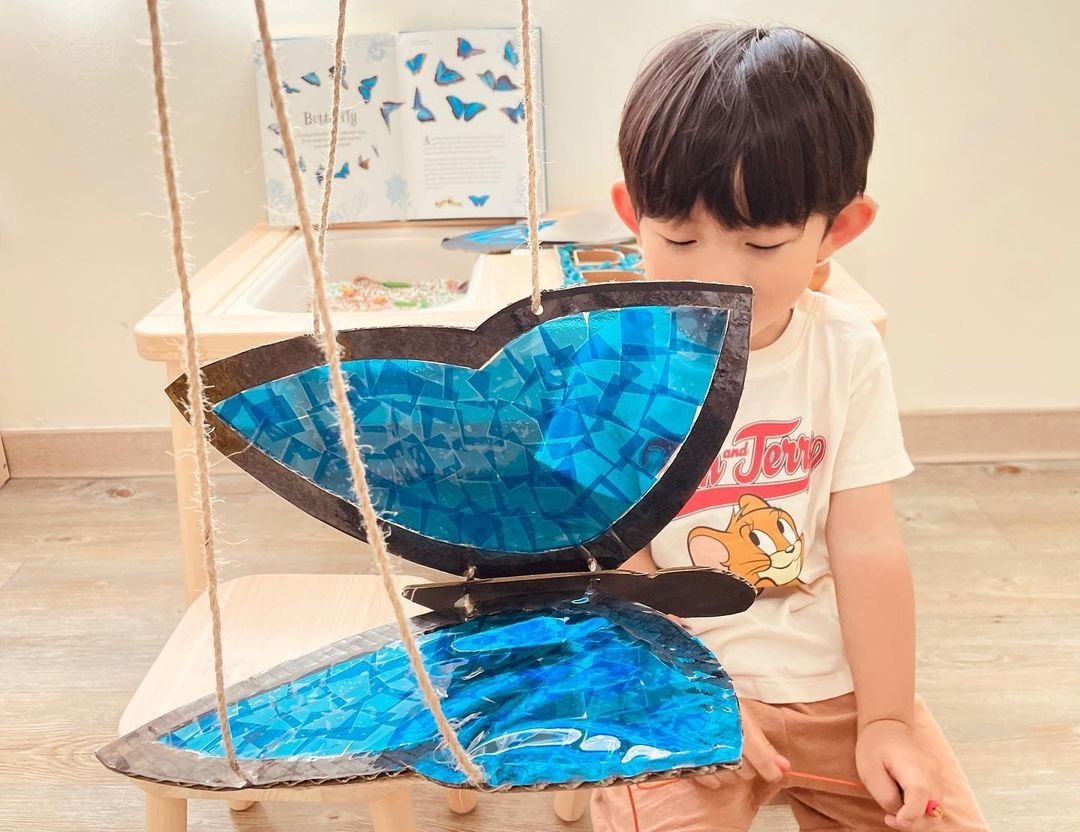5 Recommended toys to maximize children's motor skills development
/Children's motor skills need to be continuously trained in order to develop optimally. Here are 5 recommended toys to maximize motor development.
Since I became aware of the Sensory Processing Disorder problem experienced by my niece, Cessy, motor development has become my focus in overcoming the disorder. However, for children who do not have the disorder at all, it also needs to be stimulated.
Motor development itself is the process of growth and development of a child's movement abilities. Should develop in line with the maturity of nerves and muscles. In other words, every movement, no matter how simple, is the result of a complex interaction pattern of various parts and systems in the body controlled by the brain.
Read more: 10 Milestones in first year of baby’s life
Motor development of children is divided into two:
Gross motor skills
This include a wide range of movements performed by the child using the hands, feet, or the whole body. For example, crawling, running, and jumping.
Fine motor skills
This include small movements that children make using smaller body parts, such as picking up coins from the floor, or holding super small objects such as buttons.
Maximizing its development, can be done by playing. If you really want to use a toy media, you have to be observant in choosing it too.
Recommended toys to maximize development
1. Ball
Ball is good for training the coordination of the nerves of the limbs, including for hand and foot movements. Lightweight plastic balls are more appropriate for babies. If they have entered the age of toddlers, they can be invited to play basketball or soccer, while we explain the instructions. For example, if a basketball must be put in the basket. While the soccer ball is kicked into the goal.
For ages: 12 months – 4 years
Featuring: Mox by Moluk
2. Puzzles
Puzzles are good for training children's fine motor skills as well as training cognitive intelligence, as well as eye and hand nerve coordination. This game is even part of the sensory integration therapy specifically for children who have developmental disorders. For 2-3 year olds, choose a puzzle with large and few pieces.
For ages: 2 – 4 years
Read more: Plus-Plus is so fun! Plus-Plus unboxing
Featuring: Plus-Plus
3. Play-dough
Pinching, squeezing, rolling, grasping, to pressing play-dough turns out to be very useful for children's fine motor skills. When playing with play-dough, a child's fingers will be flexible and trained, so that when they starts using a writing instrument, they able to use it properly and correctly. There are many brands of play-dough out there, or you can make your own plasticine.
For age: 2-4 years old
4. Tricycle
I really remember the advice of child psychologist, that one way to train the gross motor nerves of the limbs is to take her on a bicycle. Bicycles help them to practice balance. Bicycles can also help children's partial intelligence. Just imagine, for children with growth and development disorders, bicycles are very helpful in stimulating, especially if they are given to children without growth and development disorders. To be more stimulated, create a cycling path that is given an obstacle, for example a small chair, until your child forces himself to maneuver.
For ages: 18 months – 4 years
Featuring: Radio Flyer Tricycle
5. Toy Stacking
This toy definitely helps a child's fine motor skills, the toys can be arranged from large to small. By doing so, they learns to arrange and remove the items he is holding. They will also explore the object they are holding. In addition, toy stacking can help children train their visual-spatial perception.
For ages: 12 months – 2 years.
Read more: Playing open-ended toy with Dena toys - My First Rainbow
Featuring: Dena Rainbow 12x
Above that age, children will need more challenging toys.











